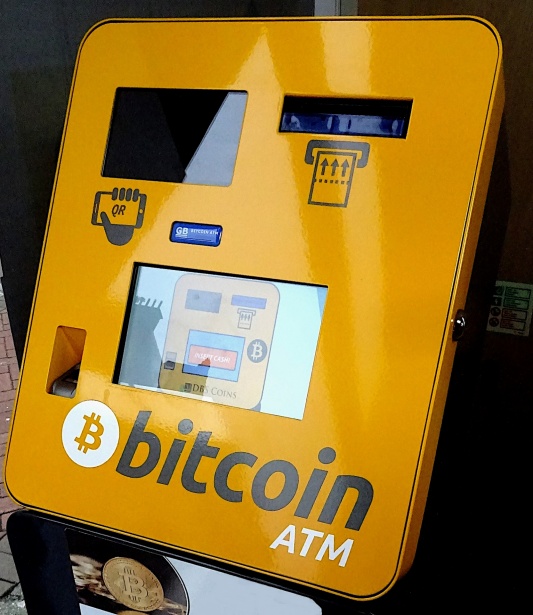The Future of Cross-border Payments

As our world becomes increasingly smaller and more accessible, there is an expectation that things move instantaneously. Money transfers are no exception. Unfortunately, cross-border payments are still lagging, mostly due to archaic banking systems and differing laws and regulations between countries. Currently many cross-border transactions are handled through intermediary banks but this is clunky and inefficient. Legacy cross-border payments lack transparency and because nobody owns the cross-border experience there is low transparency, low predictability, and no standardization.
Improved cross-border payments can help businesses grow by expanding their scale while decreasing costs and fees, but sometimes it takes less time for goods to be shipped internationally than it does for the payments for them to be fulfilled.
Financial institutions risk being overtaken by FinTech companies that are working to improve this payment space. Currently some large firms like Google and Apple are moving into the industry but banks are falling behind as the lines are blurring between traditional and modern payment solutions.
Financial inclusion
More than 1.7 billion adults currently do not use formal financial systems, mostly in developing countries, according to the UN. This means they are excluded from participating in formal education and impedes their ability to earn a living. Alternative payment channels are built to deliver financial inclusion which means that potential customers, suppliers and labor resources are more accessible.
Remittances
There has been a 3.7% increase in cross-border remittances, according to the World Bank, largely due to Russia’s invasion of Ukraine. The value of these payments is expected to climb to $802 billion, with Ukraine being the largest remittance recipient in Europe.
There has been in increase of payments to low- and middle-income countries, and these are forecast to reach $630 billion, a 4.1% increase from the estimate for last year.
On average, it costs 6% to send money cross-border. This is too high, says the World Bank. Lowering remittance fees could translate to $12 billion worth of savings to international migrants.
Is it time for FIs and FinTechs to partner?
Since demographics are shifting and there is an ever-increasing demand for instant payments, it is time for traditional FIs and FinTechs to partner. By combining their strengths, they can bring solutions a lot quicker and more efficiently to market than they could achieve alone.
Global Processing Centre is currently partnering with a number of the aforementioned FinTechs, together we are working hard to bring to market a number of cost-efficient cross border payment and remittance solutions. Join our conversation on this topic on LinkedIn: https://www.linkedin.com/feed/update/urn:li:activity:6935645711145324544
For more information:
https://thepaypers.com/thought-leader-insights/the-future-of-real-time-cross-border-payments-for-real-time-challenges--1254423
https://thepaypers.com/expert-opinion/instant-global-payments-are-the-future-of-money--1254528
https://www.pymnts.com/news/cross-border-commerce/cross-border-payments/2022/deep-dive-how-digital-payment-options-impact-cross-border-customer-satisfaction/
https://www.paymentsdive.com/news/world-bank-forecast-for-cross-border-payments-rises-remittances/623620/?utm_source=Sailthru&utm_medium=email&utm_campaign=Issue:%202022-05-16%20Payments%20Dive%20%5Bissue:41764%5D&utm_term=Payments%20Dive

